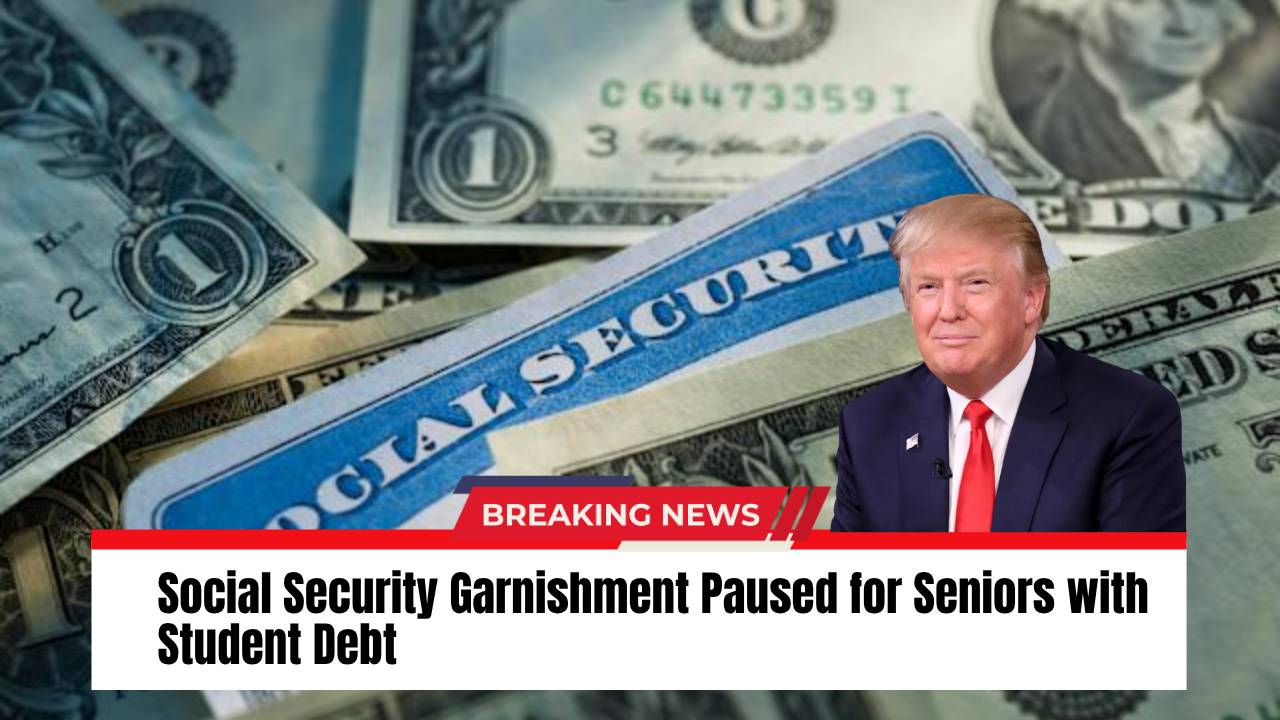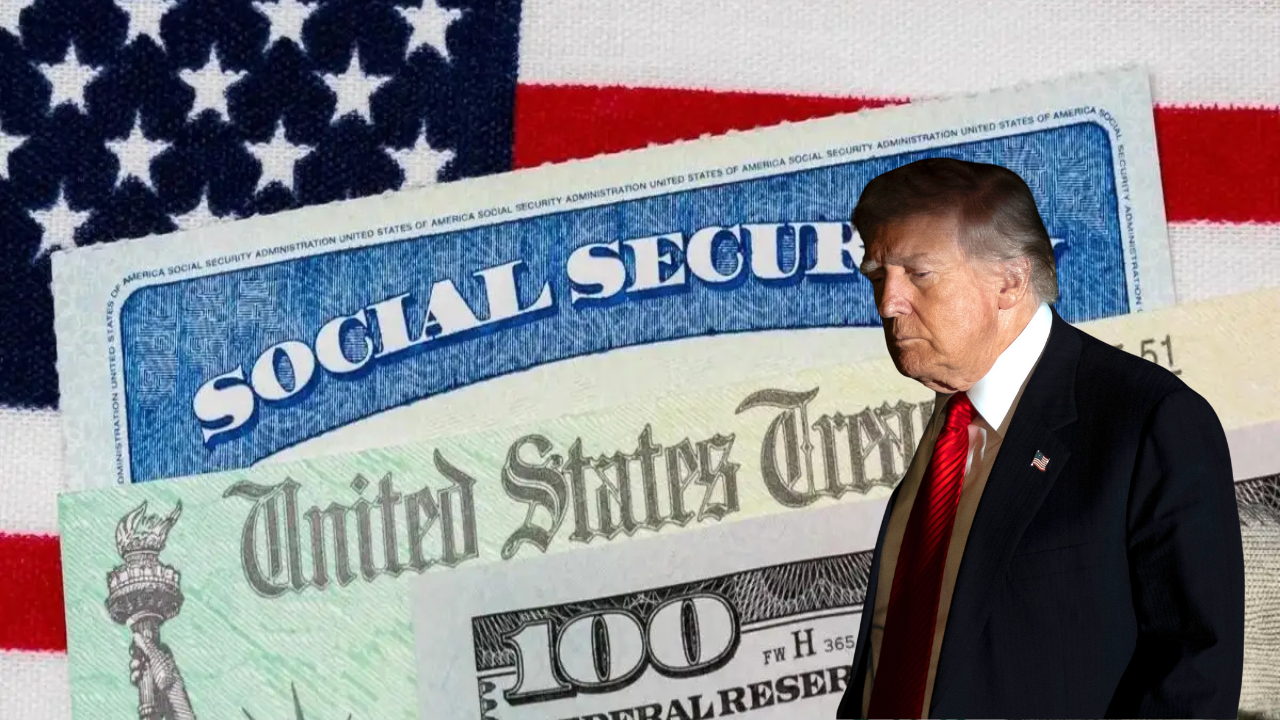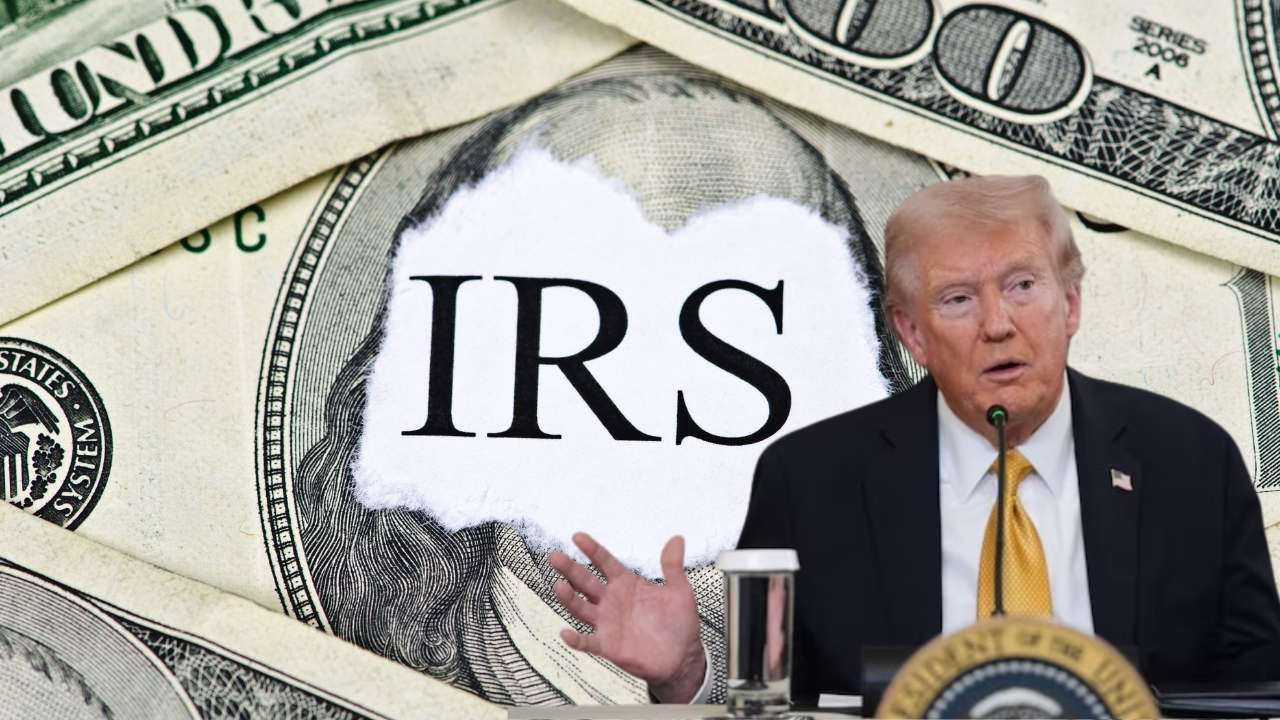For millions of American retirees, Social Security checks are a financial lifeline — covering essential costs like housing, food, and medication. But for older Americans with defaulted student loans, that safety net has long been at risk. The Department of Education’s 2025 plan to restart Social Security garnishments under the Treasury Offset Program (TOP) caused widespread concern. Now, a last-minute pause from the Trump administration has temporarily halted those collections, giving retirees a brief reprieve.
How the Treasury Offset Program Works
The Treasury Offset Program, created in 1996, allows the federal government to withhold part of an individual’s federal payments — such as Social Security, tax refunds, or wages — to repay delinquent federal debts.
| Debt Type | Eligible for Garnishment via TOP | Maximum Amount Withheld |
|---|---|---|
| Federal student loans | Yes | Up to 15% of Social Security benefit |
| Federal taxes | Yes | No fixed cap |
| Child support | Yes | Up to 65% (varies by state) |
| Private student loans | No | Not eligible under TOP |
During the COVID-19 pandemic, the federal government suspended TOP collections in November 2020, providing critical relief. But as of 2025, notices began resurfacing, signaling a return to garnishment — until this month’s reversal.
The 2025 Restart — and Sudden Pause
The Education Department initially scheduled collections to resume in November 2025, aligning with broader efforts to restart loan repayments after pandemic-era pauses. However, Education Secretary Linda McMahon unexpectedly issued a pause, delaying implementation:
“American taxpayers will no longer be forced to serve as collateral for irresponsible student loan policies,” McMahon said. “But we must return borrowers to repayment responsibly.”
Experts warn this delay is temporary. Financial analyst Heather Schreiber of HLS Retirement Consulting noted, “Retirees can’t assume this problem has gone away. It’s just been postponed.”
Why Seniors Are Especially Vulnerable
Nearly 450,000 Americans aged 62 and older are in default on federal student loans. For many, Social Security represents their only income. A 15% garnishment could reduce a $1,300 monthly check by nearly $200, jeopardizing basic needs.
Retirement planner Jim Blankenship emphasized:
“Once Treasury starts withholding, it’s all about survival. Retirees can’t just pick up side jobs — every dollar lost matters.”
How to Protect Your Benefits
Experts urge older borrowers to act now before garnishments resume.
- Check your loan status — Visit studentaid.gov to confirm whether you’re in default.
- Use the Fresh Start program — It restores defaulted loans to good standing and reopens eligibility for repayment and forgiveness plans.
- Apply for an Income-Driven Repayment (IDR) plan — For borrowers living solely on Social Security, monthly payments may be $0.
- Stay in contact with your loan servicer — Respond to all notices promptly to avoid automatic collection.
- Seek nonprofit financial counseling — Certified planners or credit counselors can help negotiate or structure repayment options.
What Happens Once Garnishment Begins
Once TOP collections start, the Treasury automatically withholds the designated portion of your Social Security benefit every month until the debt is settled or the Education Department halts the program. There is no court order required, and reversing the process is extremely difficult. The only way to stop future garnishment is to rehabilitate or consolidate your loans before enforcement begins.
Policy and Ethical Debate
The broader question remains: Should the government claw back retirement income from seniors?
According to the Government Accountability Office (GAO), the number of Americans over 60 with student debt has tripled since 2005. Many took loans for their children or grandchildren.
With inflation still high and Social Security facing long-term solvency issues, critics argue the policy punishes those least able to recover financially.
For now, retirees have breathing room thanks to the administration’s pause — but the underlying problem persists. Unless Congress addresses rising debt costs and limited retirement savings, experts warn the issue will return as soon as mid-2026.
FAQs
| Question | Answer |
|---|---|
| Can Social Security benefits be garnished for student loans? | Yes, up to 15% under the Treasury Offset Program. |
| Are garnishments active now? | No, the Trump administration paused them in November 2025. |
| How can I avoid garnishment? | Enroll in an income-driven repayment plan or Fresh Start program. |
| Can withheld money be recovered? | Rarely — once deducted, recovery is difficult. |
| Where can I get help? | Visit studentaid.gov or speak with a certified financial planner or nonprofit credit counselor. |



